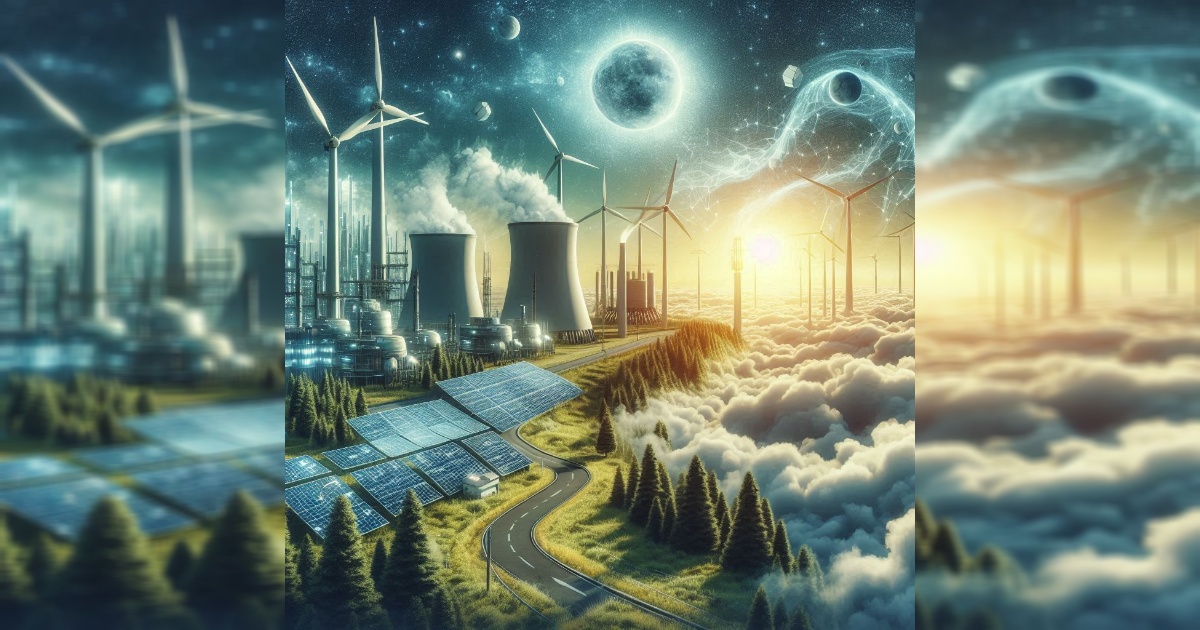
The Future of Renewable Energy: Innovations and Trends
Introduction
The world is at a critical juncture where the need for sustainable energy solutions has never been more pressing. As we face the challenges of climate change and dwindling fossil fuel reserves, renewable energy sources offer a promising alternative. This article explores the latest innovations and trends in renewable energy that are shaping the future of power generation and consumption.
The Rise of Solar Power
Solar energy has become a cornerstone of the renewable energy sector. Advances in photovoltaic technology have made solar panels more efficient and affordable than ever before. Recent innovations include the development of bifacial solar panels, which capture sunlight on both sides, increasing energy output by up to 30%. Additionally, solar storage solutions, such as high-capacity batteries, are improving the reliability of solar power, enabling households and businesses to rely more heavily on solar energy even during cloudy days or at night.
Wind Energy: Going Offshore
Wind energy is another rapidly growing sector in the renewable energy landscape. Offshore wind farms are becoming increasingly popular due to their ability to capture stronger and more consistent winds compared to onshore installations. Recent developments include the use of floating wind turbines, which can be installed in deeper waters where traditional fixed turbines are not feasible. This expansion into offshore areas opens up vast new opportunities for wind energy generation, particularly in regions with limited land space.
The Role of Biomass and Bioenergy
Biomass and bioenergy are gaining attention as versatile and sustainable energy sources. Biomass, derived from organic materials such as plants and agricultural waste, can be converted into biofuels for transportation and bioenergy for electricity generation. Recent advancements in biomass conversion technologies have improved the efficiency and environmental impact of these processes. Researchers are exploring the potential of algae as a biofuel source due to its rapid growth rate and high energy content.
Energy Storage and Grid Integration
As renewable energy sources become more prevalent, the need for efficient energy storage and grid integration solutions is paramount. Advanced battery technologies, such as lithium-ion and solid-state batteries, are crucial for storing energy generated by renewable sources for later use. Additionally, smart grid technologies are being developed to optimize the distribution of energy across the grid, ensuring a stable and reliable power supply. These innovations are essential for accommodating the intermittent nature of renewable energy sources and maximizing their potential.
Policy and Investment in Renewable Energy
Government policies and investments play a vital role in accelerating the adoption of renewable energy. Many countries are implementing incentives and subsidies to encourage the development and deployment of renewable energy technologies. Investments in research and development are driving innovation and reducing costs, making renewable energy more accessible to consumers. Furthermore, international collaborations and agreements are fostering global cooperation in addressing climate change and promoting sustainable energy solutions.
Conclusion
The future of renewable energy is bright, with continuous advancements and innovations paving the way for a more sustainable and resilient energy landscape. As technology progresses and investments increase, renewable energy sources are becoming more efficient, affordable, and reliable. By embracing these trends and supporting the growth of renewable energy, we can transition towards a cleaner and greener future, reducing our reliance on fossil fuels and mitigating the impacts of climate change.
0 comments